




Choosing the right temperature to wash your clothes can have a significant impact on the effectiveness and longevity of your garments. Understanding when to use hot water at 60 degrees Celsius or warm water at 40 degrees Celsius can help you achieve the best results while also saving energy and preserving the quality of your clothes.
Hot wash at 60 degrees Celsius:
Hot water at 60 degrees Celsius is recommended for heavily soiled clothes, bed linens, and towels. This higher temperature helps to kill bacteria and viruses effectively, as well as remove tough stains and dirt. It is ideal for washing dirty sports clothes, baby clothes, or items that have been in contact with bodily fluids.
However, not all fabrics can withstand hot washes, so it is important to check the care label on your clothing before washing at 60 degrees Celsius.
Warm wash at 40 degrees Celsius:
Warm water at 40 degrees Celsius is suitable for everyday laundry, including most of your regular clothing. It is gentle enough to prevent excessive shrinkage or fading, yet still effective in removing stains and grime. Using a warm wash can save energy compared to a hot wash, making it a more environmentally-friendly option.
Opting for a warm wash is especially recommended for delicate fabrics, such as silk, wool, or lace, as well as for dark-colored clothing to prevent color fading.
In conclusion, choosing the right temperature for your laundry can make a significant difference in the cleanliness and longevity of your clothes. Washing at 60 degrees Celsius is best reserved for heavily soiled items, while a warm wash at 40 degrees Celsius is suitable for everyday laundry. Always check the care label on your clothing to ensure you are washing them at the appropriate temperature, and remember that washing at lower temperatures can help save energy and preserve the quality of your garments.
Benefits of Washing at 60 Degrees Celsius
Washing clothes at 60 degrees Celsius offers several benefits:
- Kills bacteria: Washing at higher temperatures effectively kills bacteria, viruses, and other microbes that may be present on the clothes. This is especially important for items that are used by individuals who are more susceptible to infections, such as hospital gowns or underwear.
- Removes tough stains: Hotter water can help to remove stubborn stains, such as grease or oil, more effectively than washing at lower temperatures. This is particularly useful for heavily soiled items, like workwear or children’s clothes.
- Sanitizes and freshens: Washing at higher temperatures provides a deeper clean, leaving clothes smelling fresher and more sanitized. It can help eliminate odors caused by sweat, body oils, or food spills.
- Effective for allergy sufferers: Washing at a higher temperature can help eliminate allergens, such as dust mites or pet dander, from clothing. This is beneficial for individuals with allergies or asthma as it reduces the risk of triggering an allergic reaction.
- Great for white or light-colored items: Hot water can help brighten whites and prevent them from becoming dull or gray over time. It can also help maintain the vibrancy of light-colored garments.
- Reduces the need for pre-soaking: Higher temperatures can break down and remove stains more efficiently, reducing the need for pre-soaking or intensive stain treatment before washing.
Keep in mind that not all items are suitable for washing at 60 degrees Celsius. Always check the care instructions on the garment’s label before washing to ensure you do not damage the fabric or colors. Additionally, washing at higher temperatures may consume more energy, so it’s important to consider energy efficiency and environmental factors when choosing the appropriate washing temperature.
Benefits of Washing at 40 Degrees Celsius
While washing at 60 degrees Celsius is often recommended for certain garments and fabrics, there are also many benefits to washing at 40 degrees Celsius.
1. Energy Saving
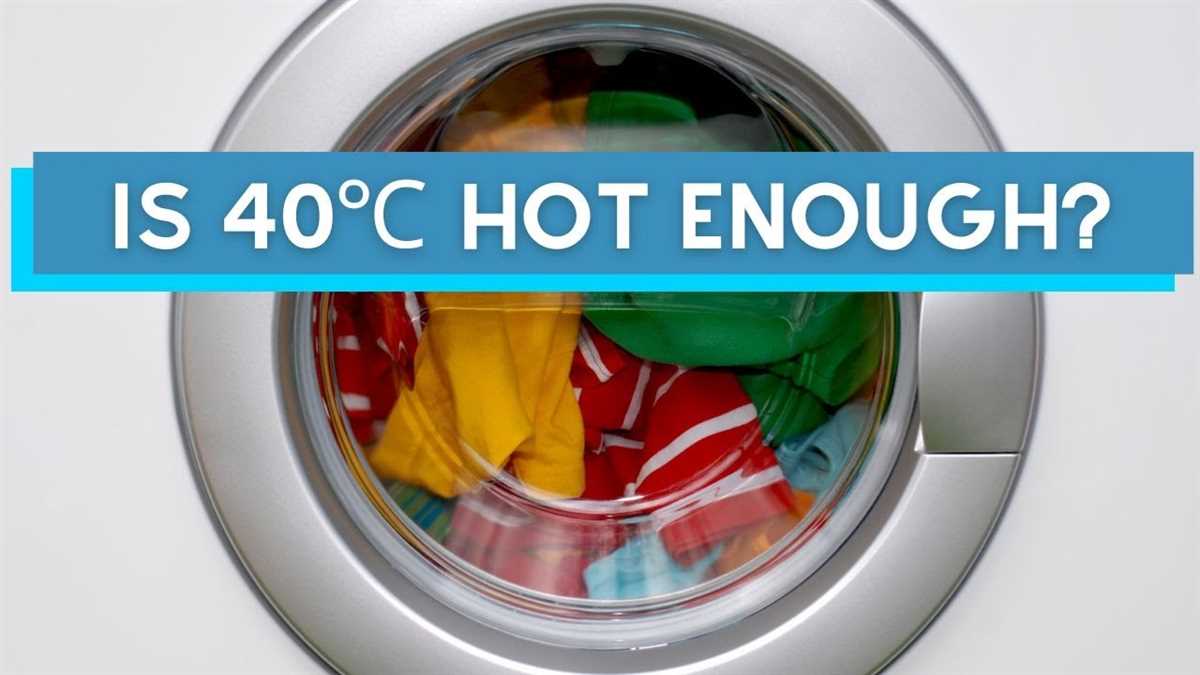
Washing at 40 degrees Celsius uses less energy compared to washing at 60 degrees Celsius. This is because the water does not need to be heated as much to reach the lower temperature, resulting in reduced electricity consumption. By opting for a lower temperature, you can contribute to environmental sustainability and reduce your energy costs.
2. Fabric Care

Some delicate fabrics, such as silk or wool, can be damaged or shrink when washed at higher temperatures. Washing at 40 degrees Celsius is generally considered safer for these types of fabrics, as it provides a gentle wash that helps maintain their quality and prolong their lifespan. It’s always best to check the care label instructions before washing any garment.
3. Colour Preservation
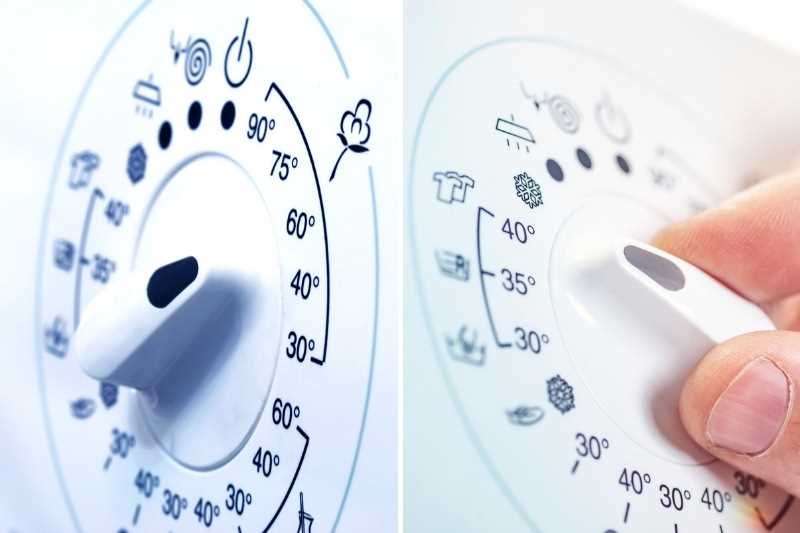
Higher temperatures can cause colors to fade or bleed, especially for brightly colored or dark garments. Washing at 40 degrees Celsius helps preserve the color of your clothes, ensuring they stay vibrant and looking new for longer. This is especially important for items that are prone to color bleeding, such as red or dark blue clothing.
4. Everyday Clothing
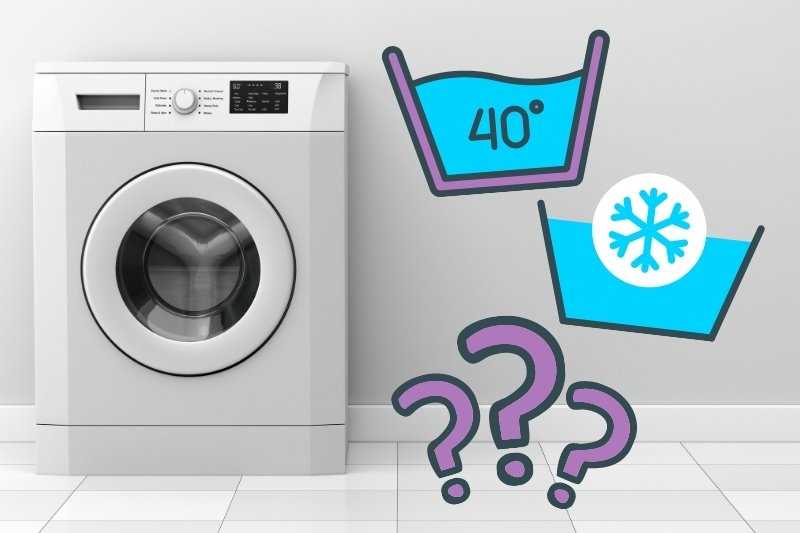
For everyday clothing items that are not heavily soiled or stained, washing at 40 degrees Celsius is usually sufficient to remove dirt and odors. This temperature setting can effectively clean your clothes while minimizing the risk of damage or color fading. It’s a convenient option for regular laundry loads that do not require high-temperature washing.
5. Environmental Impact
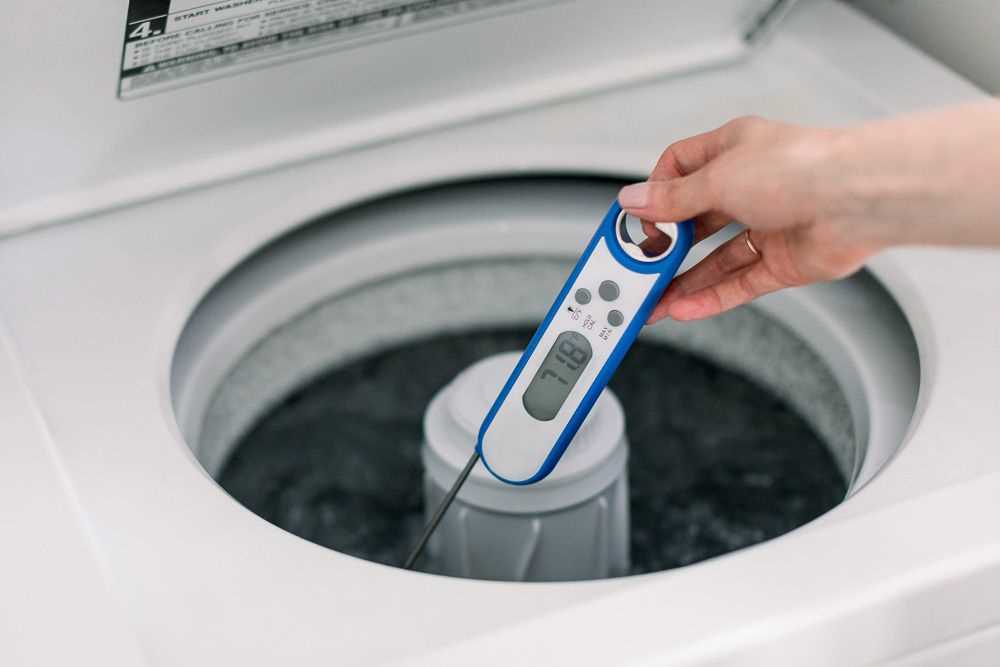
By choosing to wash at 40 degrees Celsius instead of higher temperatures, you can make a positive impact on the environment. Using lower temperatures reduces greenhouse gas emissions associated with energy production. It also helps conserve water resources and minimizes the release of harmful chemicals into the environment.
Overall, washing at 40 degrees Celsius offers energy-saving benefits, helps preserve delicate fabrics and colors, and is suitable for everyday clothing. Consider using this temperature setting for your regular laundry loads to enjoy these advantages and contribute to a more sustainable lifestyle.
When to Wash at 60 Degrees Celsius
Washing at 60 degrees Celsius is recommended in the following situations:
- If the clothes are heavily soiled or stained:
- If someone in the household is sick:
- If someone in the household has allergies or sensitivities:
Washing at a higher temperature can help remove tough stains and dirt more effectively. This is especially useful for items like work clothes, baby clothes, or sports gear that may accumulate more dirt.
Washing at a higher temperature can help kill bacteria and germs, providing a more hygienic wash. This is especially important when dealing with illnesses like flu, stomach bugs, or skin infections.
Washing at a higher temperature can help remove allergens such as dust mites, pollen, or pet dander that may trigger allergic reactions or sensitivities. This is particularly beneficial for individuals with asthma or eczema.
However, it’s important to note that not all fabrics or garments can withstand washing at 60 degrees Celsius. Some delicate materials, such as silk or wool, may shrink or get damaged at higher temperatures. Always check the care label before washing and opt for a lower temperature if necessary.
When to Wash at 40 Degrees Celsius

Washing clothes at 40 degrees Celsius is a common practice for many people. This temperature setting is suitable for a wide range of fabrics and can effectively clean most everyday items. Here are some situations when it is appropriate to wash at 40 degrees Celsius:
1. Everyday Clothing
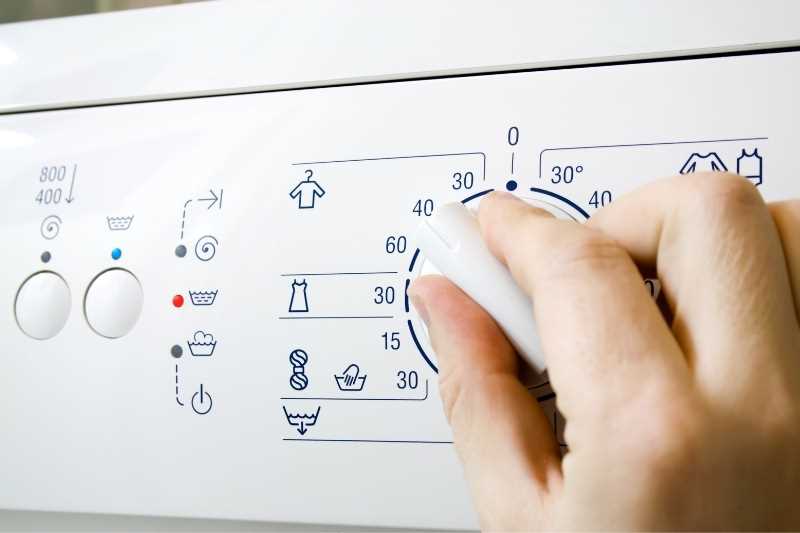
When it comes to everyday clothing such as t-shirts, jeans, and casual dresses, washing at 40 degrees Celsius is generally sufficient. This temperature can effectively remove dirt, sweat, and light stains without causing damage to the fabric.
2. Delicate Fabrics
Some delicate fabrics, such as silk or wool, require more gentle care. Washing them at 40 degrees Celsius using a delicate cycle or handwashing setting can be a suitable option. Be sure to check the garment’s care label for specific instructions.
3. Brightly Colored Clothing
Washing brightly colored clothing at 40 degrees Celsius helps to preserve their vibrancy. Higher temperatures can cause colors to fade more quickly, so opting for a cooler wash can help prolong the life of your colorful garments.
4. Environmental Considerations
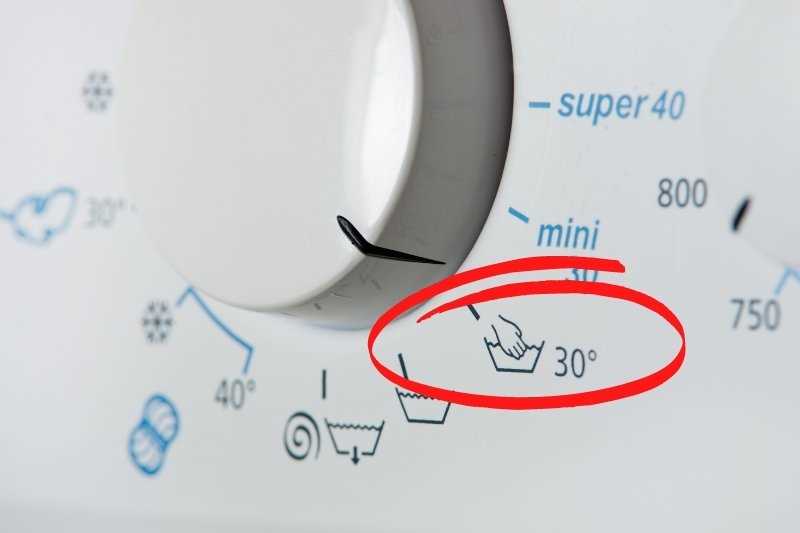
Washing at 40 degrees Celsius is also more environmentally friendly compared to higher temperature settings. This temperature requires less energy to heat the water, reducing carbon emissions and energy consumption.
5. Energy Efficiency
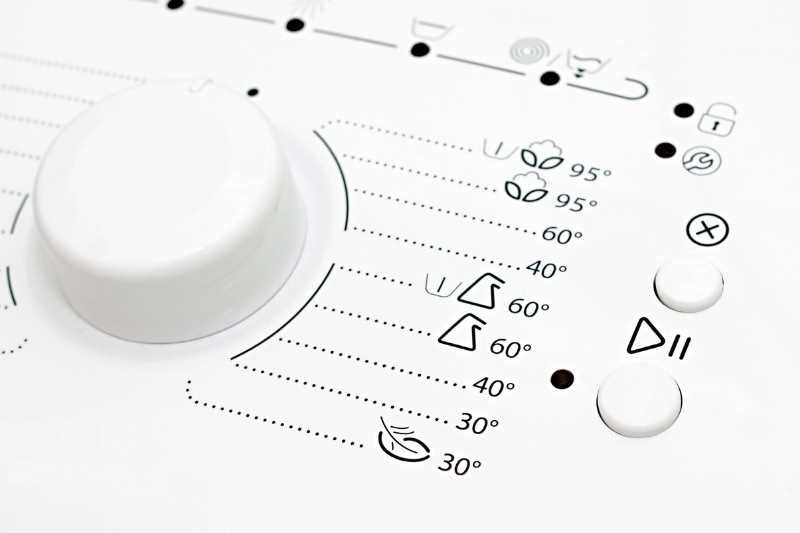
If you are looking to save on your energy bills, washing at 40 degrees Celsius is a good option. It is a balance between effective cleaning and energy efficiency, as lower temperatures require less energy to heat.
| Situation | Explanation |
|---|---|
| Everyday Clothing | Effective for removing dirt and light stains without causing damage. |
| Delicate Fabrics | A more gentle option for fabrics such as silk or wool. |
| Brightly Colored Clothing | Preserves the vibrancy of colors and prevents fading. |
| Environmental Considerations | More environmentally friendly due to lower energy consumption. |
| Energy Efficiency | A balance between effective cleaning and energy conservation. |
FAQ
What is the difference between washing at 60 and 40 degrees Celsius?
Washing at 60 degrees Celsius provides a more thorough clean and kills bacteria, while washing at 40 degrees is better for colors and delicate fabrics.
Can I wash all types of clothes at 60 degrees Celsius?
No, not all clothes can be washed at 60 degrees Celsius. Some delicate fabrics and certain colors may get damaged or fade at high temperatures.
When should I use the 60-degree wash?
The 60-degree wash is ideal for heavily soiled items, white or light-colored clothes that need a deeper clean, and for removing bacteria and allergens.
Is it more energy-efficient to wash at 40 degrees Celsius?
Yes, washing at 40 degrees Celsius is generally more energy-efficient compared to washing at 60 degrees. However, it may not provide the same level of cleanliness for heavily soiled items.
Can I use the 40-degree wash for bed sheets and towels?
Yes, bed sheets and towels can typically be washed at 40 degrees Celsius, especially if they are not heavily soiled. However, for a more thorough clean, you may want to consider using a higher temperature.
What is the difference between washing at 60 and 40 degrees Celsius?
Washing at 60 degrees Celsius is a hotter and more intense wash cycle compared to washing at 40 degrees Celsius. The higher temperature helps to kill bacteria and remove tough stains more effectively. However, washing at 60 degrees Celsius may cause more wear and tear on clothing and is not suitable for delicate fabrics.
When should I wash my clothes at 40 degrees Celsius?
Washing at 40 degrees Celsius is suitable for most everyday clothing items, such as t-shirts, jeans, and underwear. It is gentler on fabrics compared to washing at higher temperatures and can help save energy. However, for heavily soiled items or when dealing with stubborn stains, washing at a higher temperature, such as 60 degrees Celsius, may be more effective.












